There are two variations of pu’er tea: raw pu’er (Sheng) and ripe pu’er (Shou). Both raw pu’er and ripe pu’er teas are made from sun-dried rough tea called mao cha, and both of them undergo fermentation process, though raw pu’er uses a traditional natural way and ripe pu’er uses modern man-made technique. As time goes by, often for many years, both types of pu’er teas are aged and fermented, resulting in darker color, richer, bolder and mellower flavor. But which pu’er tea is better, ripe or raw? That is often a question for many pu’er tea lovers. Here are several tips that may help you to choose the right pu’er tea.
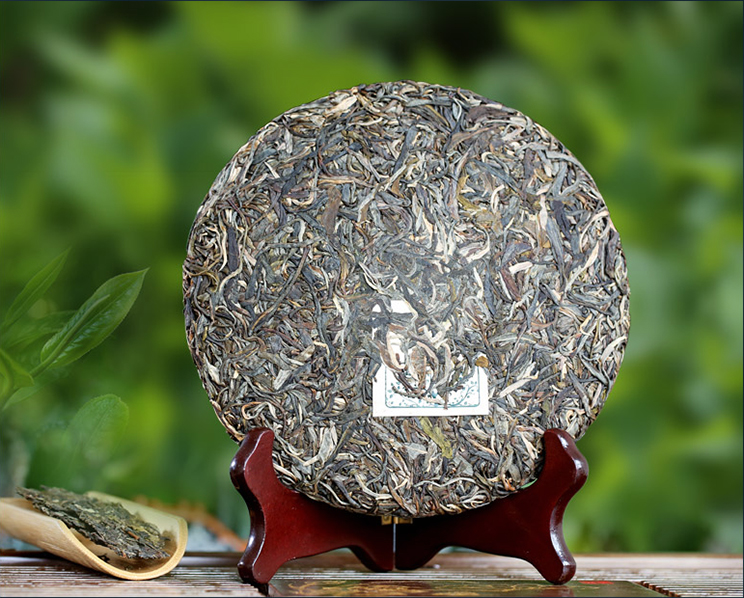
From appearance
Usually pu’er teas are compressed into different shapes for better storage, and the most common shape is called tea cake. The appearances of raw and ripe pu’er tea cakes are different. Raw pu’er tea cakes are mainly green and dark green, and some may turn yellowish red with white as tea buds. The tea leaves are more intact and longer. Leaves appear as dark green with brown and white tips that have stripes. Being different, ripe pu’er tea cakes are usually black or reddish brown in color, and some tea buds are dark golden. The tea leaves are less intact and shorter. The color is maroon and dark chestnut.
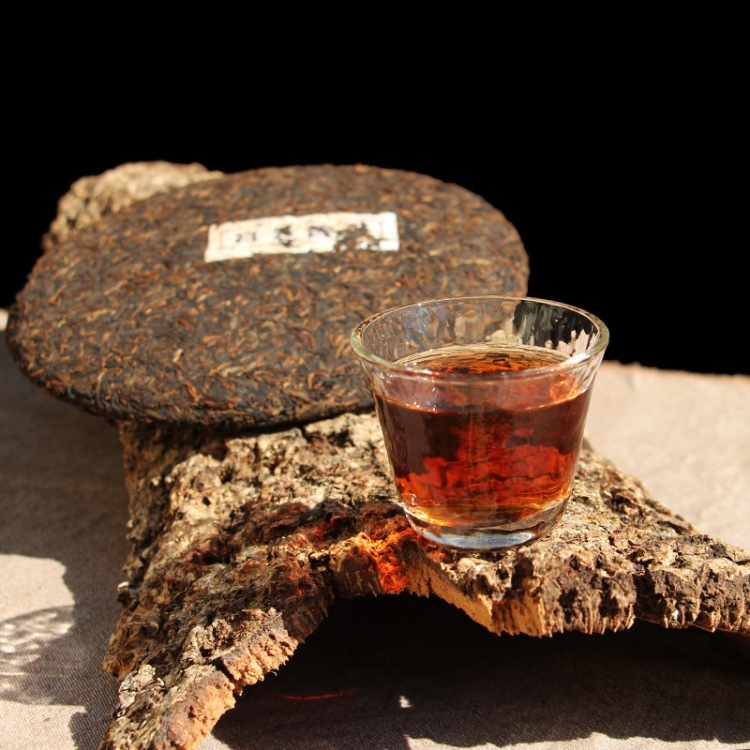
From processing
The steps for making raw pu’er tea are relatively simpler. After harvesting, the tea leaves are withered, quickly pan-fried, rolled, sun-dried and then steamed to be compressed into cakes. The compressed raw teas are fermented naturally and can be aged upwards of 50 years or more, yet the aging process will be influenced by the temperature and humidity in the environment.
Though the processing of ripe pu’er tea is similar to that of raw teas, one main step called wet piling (wo dui) distinguishes these two types of tea. After sun-dried, the tea leaves get piled up to a certain height that is usually around 70 cm, get wetted with water, and then coved by a linen cloth. This wet piling step allows the tea to stay warm and creates a humid and hot environment to accelerate the fermentation, a microbial activity. During the process, the pile has to be turned regularly to control the heat and humidity. After the tea ferments to a certain degree, the tea leaves get unpiled, ventilated and then steamed either to be compressed into cakes, or to be sold as loose form.
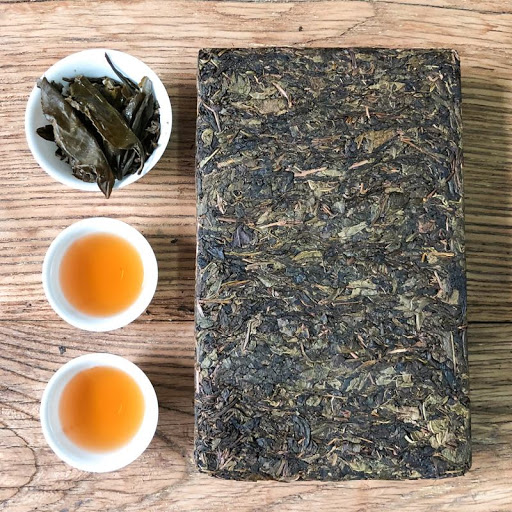
From taste
Since raw pu’er tea doesn’t go through the piling fermentation process, it retains a fresh scent as well as a little bit of astringency, with a sweet aftertaste. Raw pu’er tea has a wider range of flavors than ripe one. The taste of newly made young raw pu’er tea is usually stimulating. The high level of polyphenol brings grassy, bittersweet and floral characteristics. As the microbial fermentation progresses and the raw pu’er ages, its flavor profile changes drastically. The bitterness will fade, and the complexity will increase. The aged raw tea will taste smooth and earthy, with the fragrance of chestnut and bud.
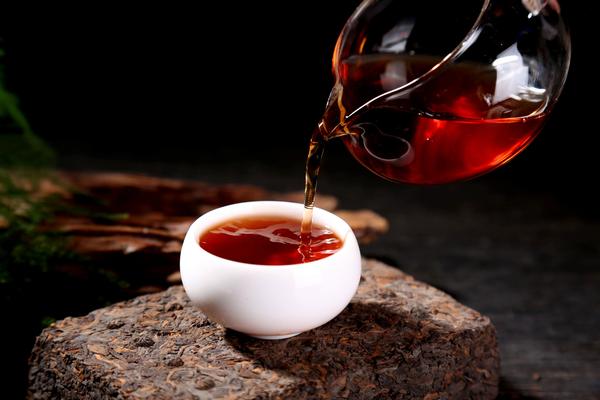
Due to the accelerating fermentation process, the taste of ripe pu’er tea is closer to aged raw pu’er tea. However, the range and complexity of flavor provided by ripe pu’er tea are narrower than that of raw pu’er tea. Since the piling process reduced tea catechine and tannin, instances that could create bitterness, ripe pu’er tea is featured by the taste of fragrant, mellow, thick, smooth and sweet. The aromas can be glutinous rice, jujube, ginseng, woody, lotus or many other flavors.
From soup color and brewed leaf
The tea soup of raw pu’er tea is clear, bright, transparent and clear. Depending on the age, the tea soup color of raw tea can be light yellow, bright yellow or orange yellow. After brewing, the tea leaves of the raw pu’er tea are soft, fresh, stretchable and vital. Even for the antique tea that has been stored for a long time, people can still feel its vitality and natural charm.
Ripe pu’er tea is different. The tea soup of ripe tea is usually dark red and won’t change regardless of time. After brewing, the tea leaves for ripe tea are dry, thin and black, without the youthful vitality. Poor-quality ripe tea soup is dark, turbid, or even black.
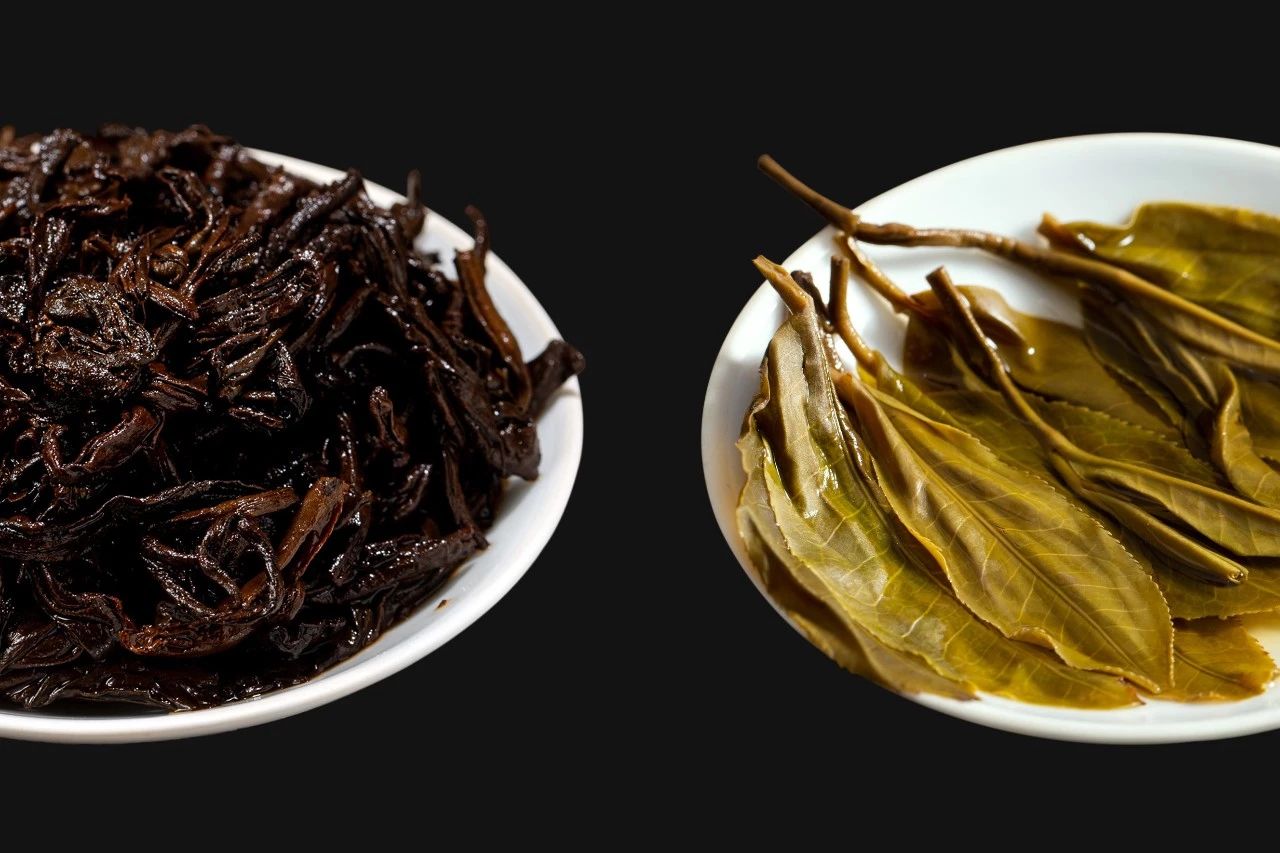
From effect
Raw pu’er tea contains high content of tea polyphenols. Studies have shown that tea polyphenols can inhibit the synthesis and differentiation of fat cells, at the same time maintain stable levels of fat and sterols in the blood, helpful for losing weight and preventing obesity. The best time for drinking raw tea is one hour after meal during morning, which can accelerate the digestion and absorption of food, as well as promote excretion of toxins in the body at first time. In addition, raw pu’er tea is also effective in cleaning intestines and anti-oxidation. However, raw pu’er tea, especially young raw tea, is not suitable for people with stomach problems.
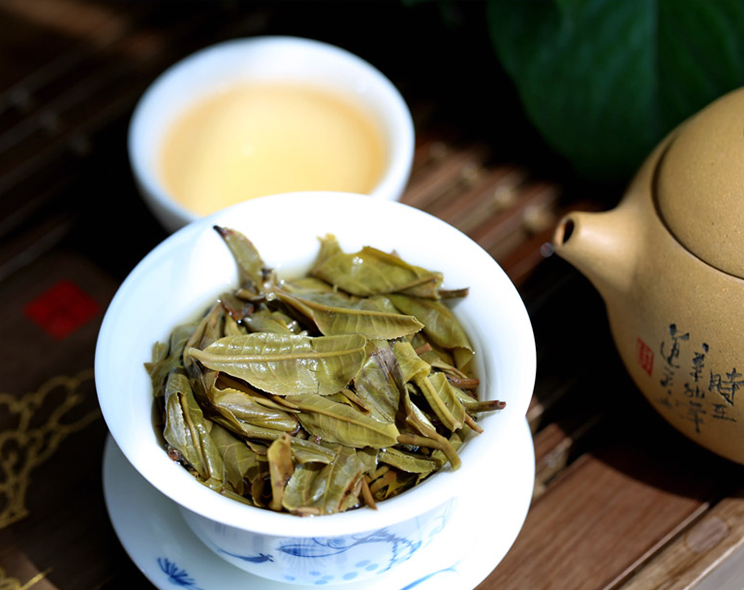
On the contrary, ripe pu’er tea will protect the stomach. The mellow and smooth taste make ripe pu’er tea easier to be accepted by tea lovers who are new to pu’er teas. Thanks to the piling process, ripe pu’er tea contains a large number of bacteria that are beneficial to human body, such as trace elements, polypeptide amino acids and minerals. Therefore, ripe pu’er tea will yield a protective layer on the gastric wall and protect stomach, thus is suitable for most people to drink.





